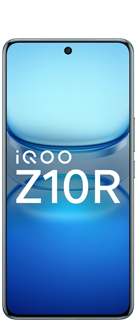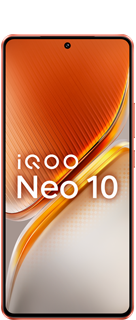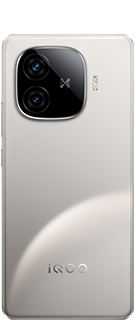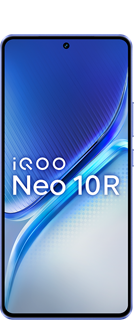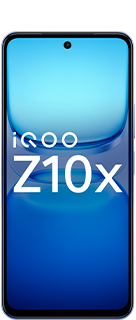TensorFlow (machine learning library)
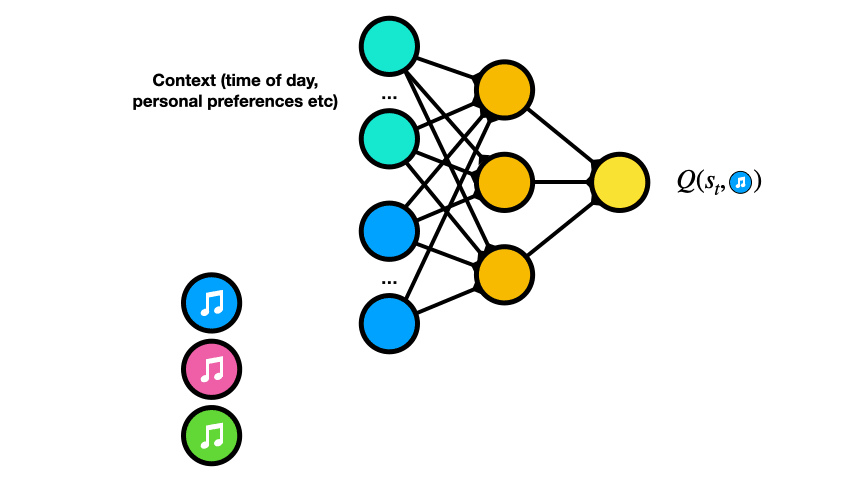
TensorFlow is an open-source machine learning library developed by Google Brain. It is widely used for building and training machine learning and deep learning models, especially for applications involving neural networks, computer vision, natural language processing (NLP), and more.
✅ Key Facts About TensorFlow:
- Developed by: Google Brain team
- Programming languages: Python (primary), with support for C++, JavaScript (TensorFlow.js), Swift, and Java
- License: Apache 2.0 (open-source)
🚀 Core Features of TensorFlow:
1. Computational Graphs
TensorFlow builds dataflow graphs, where operations (like add, multiply, etc.) are represented as nodes and data is passed through "tensors" (multi-dimensional arrays).
This graph structure allows for optimized execution across CPUs, GPUs, and TPUs (Tensor Processing Units).
2. Tensors
A tensor is a data structure used in TensorFlow, similar to a multidimensional array or matrix.
Everything in TensorFlow (inputs, outputs, weights) is represented as tensors.
3. Keras Integration
TensorFlow includes Keras, a high-level API for building neural networks quickly and easily.
With TensorFlow Keras, users can create, train, and evaluate models with minimal code.
4. Model Training and Deployment
You can build, train, validate, and fine-tune ML models.
Trained models can be deployed across multiple platforms:
Mobile (TensorFlow Lite)
Web (TensorFlow.js)
Edge devices
Cloud platforms (like Google Cloud AI)
5. Automatic Differentiation (AutoGrad)
TensorFlow can automatically compute gradients for training via backpropagation, which is essential for deep learning.
6. Distributed Training
TensorFlow supports training models across multiple GPUs or machines, making it suitable for large-scale deep learning tasks.
7. Visualization with TensorBoard
TensorBoard is TensorFlow's built-in tool for visualizing training progress, including loss, accuracy, model graphs, and more.
🧠 Common Use Cases:
Computer Vision:
- Image classification (e.g., detecting objects in photos)
- Face recognition
- Medical image analysis
Natural Language Processing (NLP):
- Text classification
- Sentiment analysis
- Machine translation
- Chatbots
Time Series Analysis:
- Stock market prediction
- Weather forecasting
Speech Recognition:
- Voice assistants
- Audio-to-text systems
Reinforcement Learning:
- Game AI
- Robotics
🔧 TensorFlow Ecosystem:
ToolDescription
TensorFlow LiteLightweight version for mobile/embedded devices
TensorFlow.jsRun models in the browser with JavaScript
TensorFlow Extended (TFX)End-to-end platform for production ML pipelines
TensorBoardVisualization tool for model performance and architecture
Model GardenRepository of pre-trained models
✅ Advantages of TensorFlow:
- Backed by Google (strong support, frequent updates)
- Scales easily from small devices to large-scale production systems
- Large community and extensive documentation
- Wide support for hardware acceleration (e.g., TPUs)
- Supports both beginners (via Keras) and experts (via raw TF)
❗ Challenges:
- Steeper learning curve (compared to simpler libraries like Scikit-learn)
- More complex syntax in low-level APIs (though Keras simplifies much of this)
- Large installation size
📍 In Summary:
TensorFlow is one of the most powerful and flexible machine learning libraries available today. It’s suitable for everything from research to real-world deployment at scale, and it supports both simple models and complex neural networks. With tools like Keras, TensorBoard, and TensorFlow Lite, it's a full-stack solution for ML development.
Thank you
Your Qool Quester
Ayush pandey
Please sign in
Login and share


